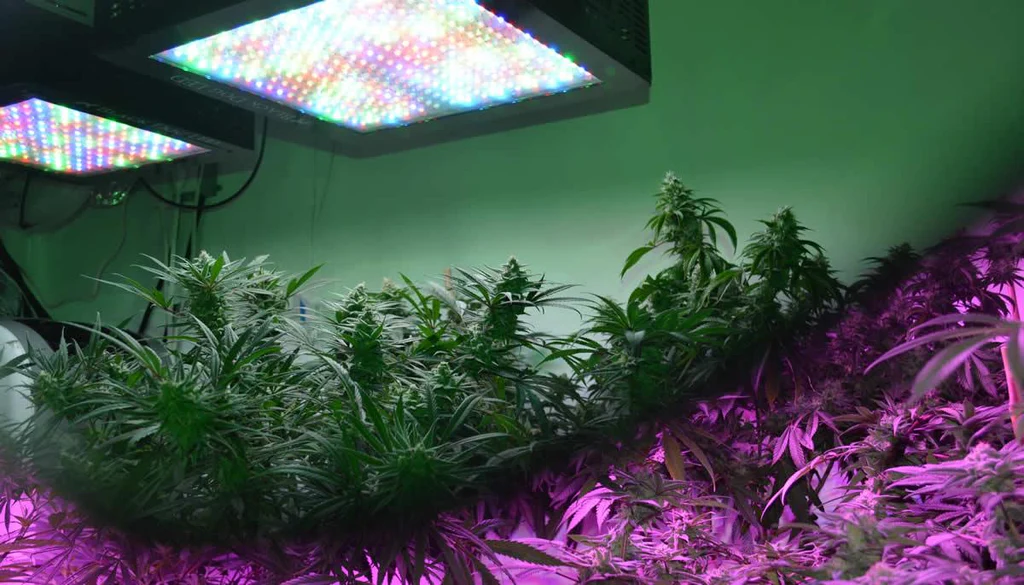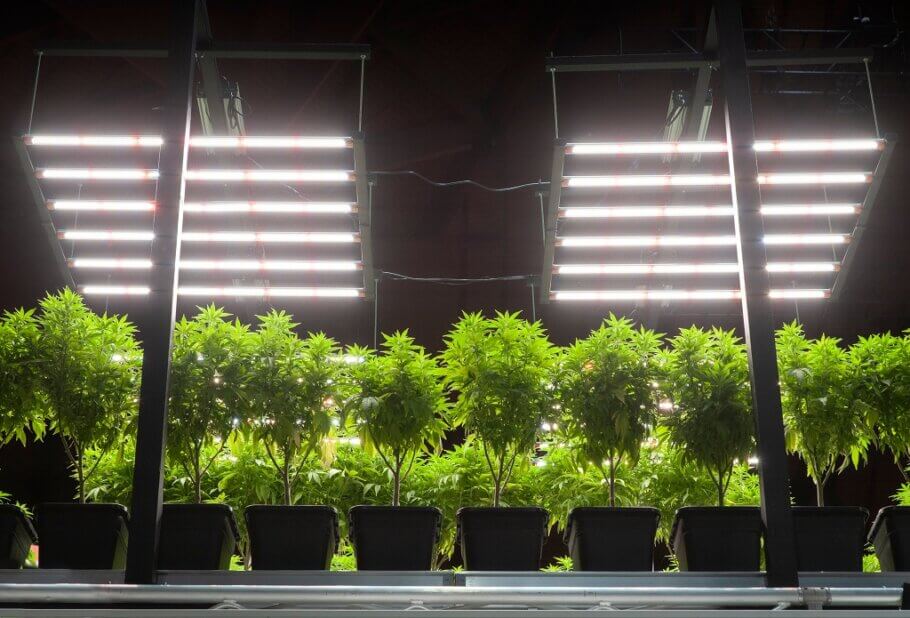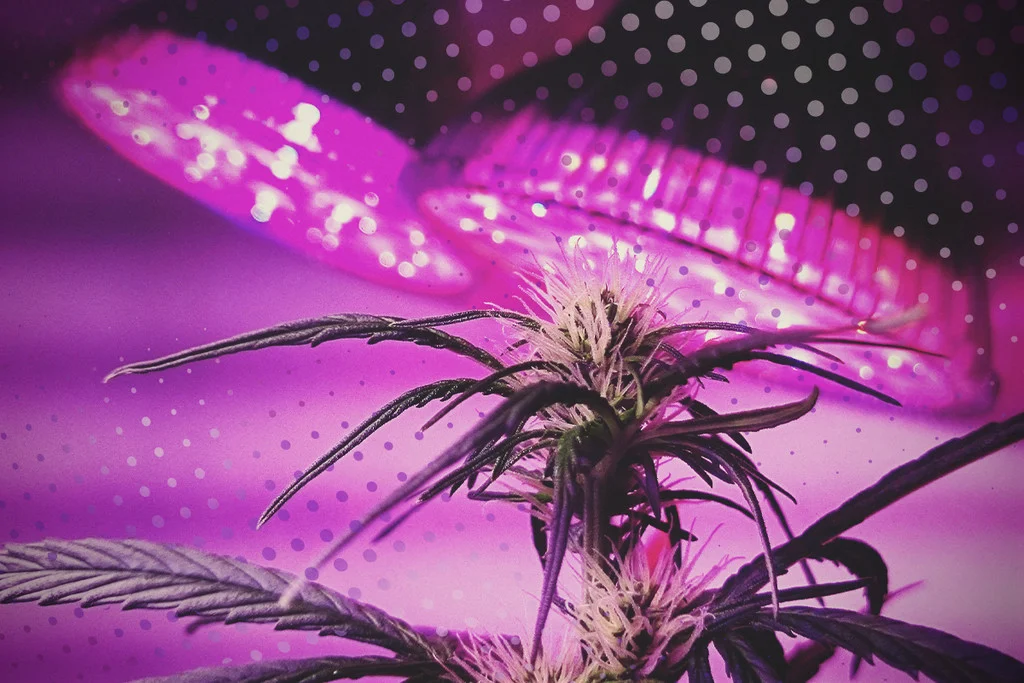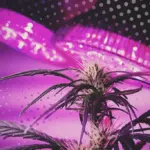Lighting technology remains one of the most critical decisions for cannabis growers, as it directly impacts plant health, yield, and energy costs. In 2025, cultivators have three primary options—LED, HID, and fluorescent grow lights—each with its own advantages and drawbacks. The right choice depends on the size of your grow, your budget, and your goals, whether you’re producing top-shelf flowers or focusing on energy efficiency. Advances in technology have blurred some of the old distinctions between these systems, but each still performs differently in terms of spectrum output, heat generation, and overall operating costs. Understanding how these lighting types work and what environments they’re best suited for can help growers make informed decisions that align with both cultivation style and long-term sustainability.
LED Grow Lights in 2025

Light-emitting diode (LED) technology has become the go-to choice for many cannabis growers in 2025, thanks to its energy efficiency, customizable spectrum control, and reduced heat output. Modern LED panels offer full-spectrum light that closely mimics natural sunlight, with tunable settings that allow growers to adjust wavelengths during different growth stages. This flexibility can improve vegetative growth with more blue light and boost flowering with enhanced red light. While initial costs for high-quality LED systems remain higher than for HID or fluorescent setups, the long-term savings in electricity, cooling requirements, and bulb replacement often outweigh the upfront expense. LED lights also have a much longer lifespan—often exceeding 50,000 hours—making them ideal for both home and commercial growers seeking reliability and lower maintenance demands.
HID Grow Lights in 2025
High-intensity discharge (HID) lighting, including metal halide (MH) and high-pressure sodium (HPS) bulbs, continues to hold a strong position in cannabis cultivation, particularly among traditional growers who value its proven performance. HID systems produce intense light levels that can drive high yields, especially when used in larger grow spaces where penetration to lower canopy levels is essential. Metal halide bulbs are often used for vegetative growth due to their cooler blue spectrum, while high-pressure sodium bulbs are favored during flowering for their warm, red-heavy light. However, HID lights generate significant heat, which requires additional ventilation and cooling systems to prevent plant stress. Bulbs also degrade over time, reducing light output and necessitating regular replacement, which adds to operational costs. Despite these drawbacks, many large-scale cultivators still rely on HID technology for its yield potential and straightforward setup.
Fluorescent Grow Lights in 2025
Fluorescent lighting, including compact fluorescent lamps (CFLs) and high-output T5 fixtures, remains a viable option for small-scale and budget-conscious cannabis growers. These lights are inexpensive to purchase, easy to install, and produce minimal heat, making them suitable for seedlings, clones, and early vegetative growth. The softer light output helps prevent burning young plants, and the low energy consumption appeals to hobbyists looking to minimize utility bills. However, fluorescent systems lack the intensity required for optimal flowering yields and are generally not ideal for large-scale production. In 2025, some growers still use them in combination with LED or HID systems as supplemental lighting to target shaded areas of the canopy, but as a primary light source, they are best suited to niche applications or beginners taking their first steps in cultivation.
Choosing the Right Light for Your Grow
Selecting the best lighting system for cannabis cultivation involves balancing cost, performance, and environmental considerations. LED lights are increasingly favored for their efficiency, tunability, and long lifespan, making them ideal for growers seeking sustainability and precise control over plant development. HID systems remain the top choice for maximizing yields in large-scale operations, though they come with higher energy and cooling demands. Fluorescent lights serve well in small spaces, for propagation, or as supplemental fixtures, but are less suited to full-cycle growth. Growers should also consider the specifics of their cultivation space, such as ceiling height, ventilation capacity, and local electricity rates, when making their decision. By matching the lighting technology to the grow’s unique needs, cultivators can ensure healthy plants, consistent yields, and optimal operational efficiency.
Future Trends in Cannabis Lighting Technology

Looking ahead, cannabis lighting in 2025 is moving toward greater integration with smart grow systems, allowing for automated spectrum adjustments, real-time light intensity monitoring, and adaptive energy-saving modes. LED manufacturers are exploring hybrid designs that combine the spectrum advantages of HID with the efficiency of solid-state technology, potentially offering the best of both worlds. Meanwhile, research into plant photobiology is driving new insights into how specific light wavelengths affect cannabinoid and terpene production, leading to more targeted lighting strategies. Fluorescent lighting is slowly being phased out in commercial settings due to efficiency regulations, but it will likely maintain a foothold in hobbyist cultivation for years to come. As the cannabis industry continues to mature, lighting choices will remain a key factor in determining both product quality and production costs, making informed decisions more important than ever.






Leave a Reply